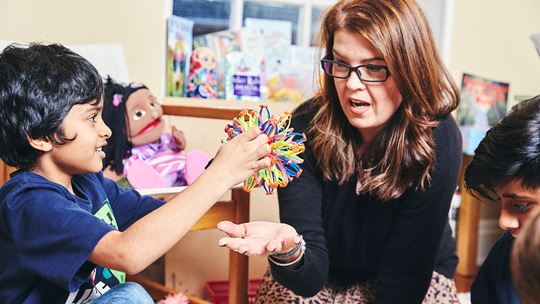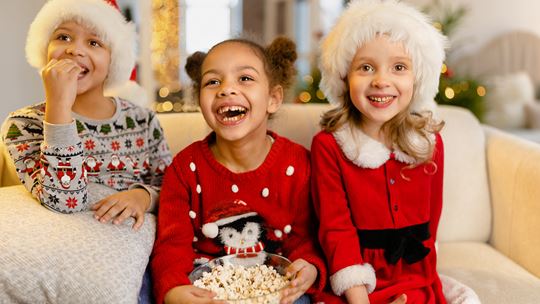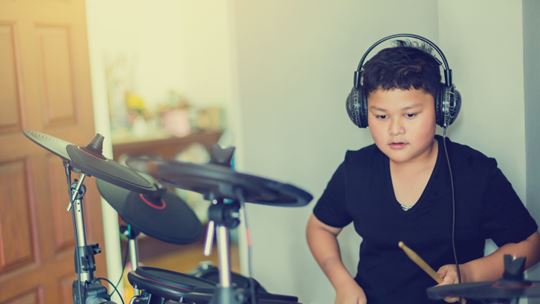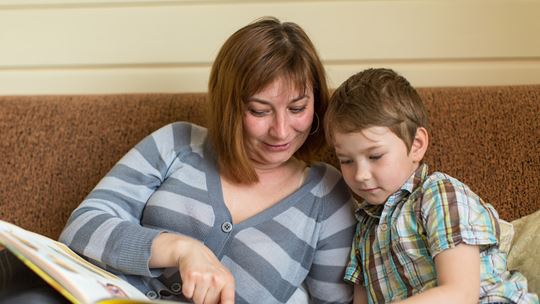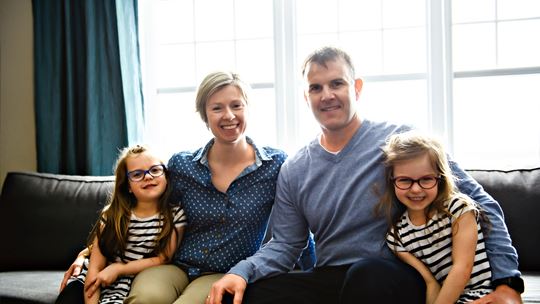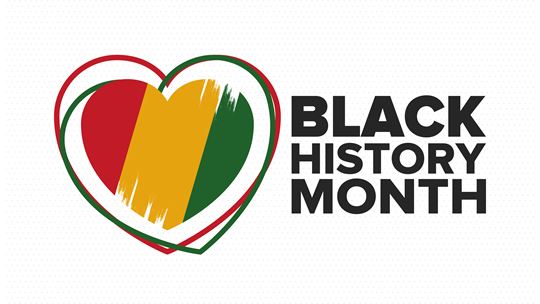Sensory Activities for Children with Autism at Christmas
Discover our delightful sensory activities designed to bring joy and excitement to both you and the child in your care who has autism. Take a peek and enjoy a world of easy and enjoyable experiences!
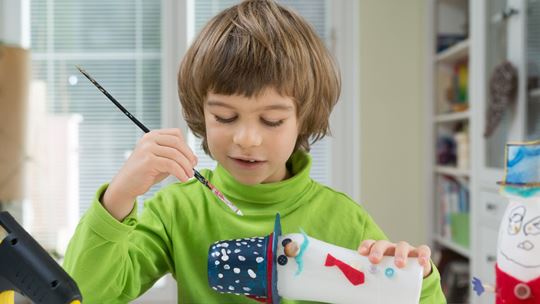
As we explored in our Halloween play ideas article, sensory play is a great tool for helping children with complex needs such as autism spectrum condition (ASC) learn new skills and support their cognitive development.
There are many benefits to the more controlled sensory engagement that play can provide; sensory play will allow your autistic foster child to develop their emotional, physical, social and communication skills, alongside learning how to manage their emotional response to sensory triggers.
So, as we approach the holiday season and beyond, what are some easy sensory activities that you can do with a child with autism in your care?
6 easy sensory activities for children with autism at Christmas
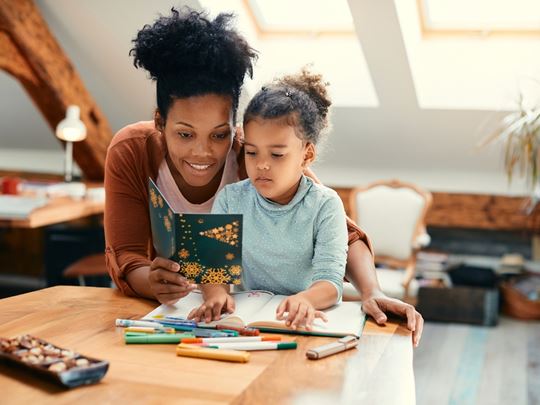
1) Greetings cards creation
This activity is great as it can be used for any occasion including Christmas cards and tags, whilst you can use as many different textured objects as you like to provide the appropriate level of sensory stimulation for your child with autism.
Needing just a folded piece of cardboard and selection of textured objects such as feathers, beads and sequins let your child design their own creation whilst you support with the glueing as required. Your child can then decide whether to keep the card as a unique sensory toy, add it to your holiday decorations or use it as a highly personal gift - perhaps developing their communication skills too.
Add another dimension to this activity with sponges, perhaps cut into various shapes to allow paint stamping.
2) Window painting in snow
Depending on how much clean-up you are willing to do, this can be either an indoor or outdoor activity. You will need a can of shaving cream to create the ‘snow’, which you spray onto the window - if your child is able then allow them to help let it snow to begin with too. You then have the perfect base to create a piece of art!
Whether this is practising the alphabet, writing shapes or just handprints and swirls there are multiple tactile experiences to be had. With a towel and water on hand, clean-up from this shouldn’t be too tedious either.
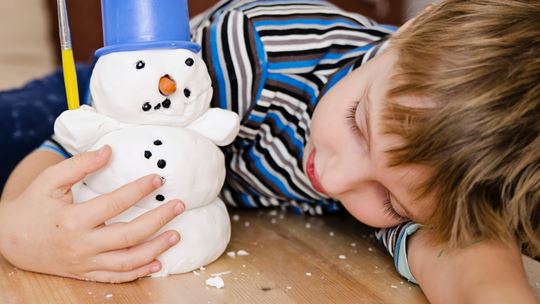
3) Indoor snowmen
Similar to the ghosts we taught you how to make at Halloween, we can also use baking powder and shaving foam to create some simple indoor snowmen!
Mix baking soda and shaving foam together in a large container to bring your creations to life - what other ‘snow’ animals can your child make? With a variety of textures on hand from the cold and fizzy mixture already, why not add some different coloured buttons for features and to give your creations another dimension.
4) Glow-in-the-dark snowflakes
If the child in your care is able to use safety scissors then the classic snowflakes made through folding paper and cutting shapes are an age-old favourite creation, with the different shapes and edge styles creating a great sensory experience.
When scissors are not appropriate, our glow-in-the-dark snowflakes are a fantastic multisensory option to bring some excitement to play time. As with our spiderwebs we made at halloween, this activity is safe for children who have a tendency to put things in or near their mouths, requiring just rice noodles, edible glow water and a black light for that final glowing effect. Cover the noodles with the glow water, leave them until they begin to soften and separate at which point you need to dab them with a paper towel until dry.
Let your child arrange the noodles into their own snowflake creations - remember every snowflake is unique so imagination is encouraged! Once they are completed, turn the lights off and use the blacklight to add a special sparkling element to this fun.
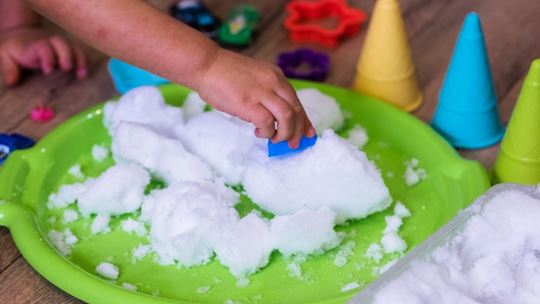
5) Toys in jelly
Another safe activity for those children who like to put things in or near their mouth would be to hide toys or objects inside bowls of jelly. Simply place the objects into the jelly moulds, add the jelly solution and chill until set. Your child then has a soft and wobbly shape to get their toys out of in whatever manner they see fit. With various moulds available this could be adapted seasonally, otherwise there are multiple different options of colour and flavour jelly to add some additional interest.
This could also be done with water - freezing the toys into moulds and providing a range of tools (eg toy hammers, spray bottles of warm water) to help them get the toys out.
6) Snow hide & seek
A different snow recipe here needs one cup of baking soda and one cup of cornstarch - the two mixed together with just enough water to crumble but hold its shape makes for the perfect consistency of snow to use in a tray. Your child can use this to create their own winter scene, or perhaps bury some favourite toys (animal erasers are a good texture and size for this activity) which can be ‘rescued’ from the snow.
Fostering a child with autism isn’t always easy, but at ISP we have the expert knowledge in therapeutic fostering to help you care for children with autism so they can thrive. If you’re thinking about fostering, or are already fostering a child with a disability and want to know what additional benefits you could get with ISP, please get in touch with our friendly team and we’ll answer any questions you have.
